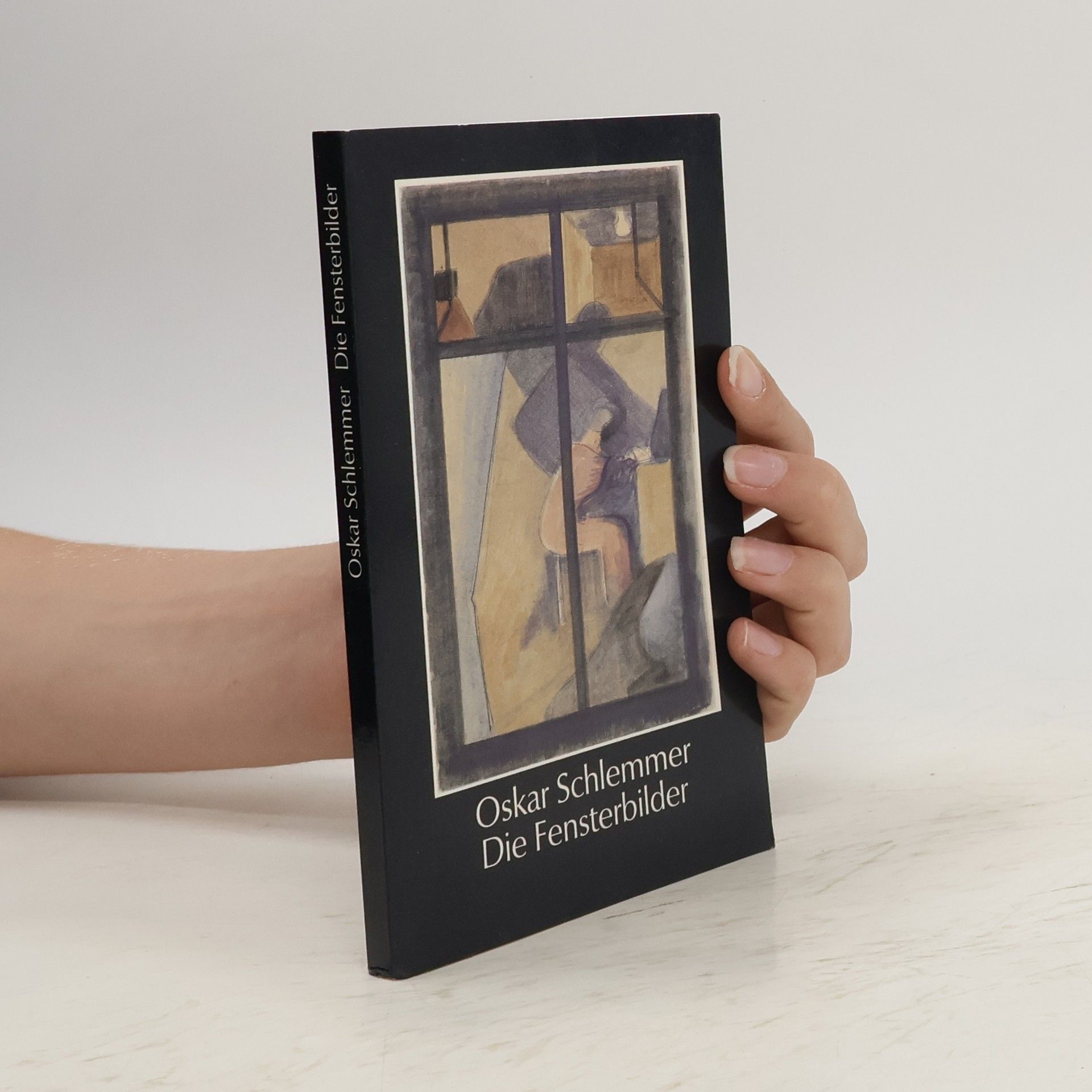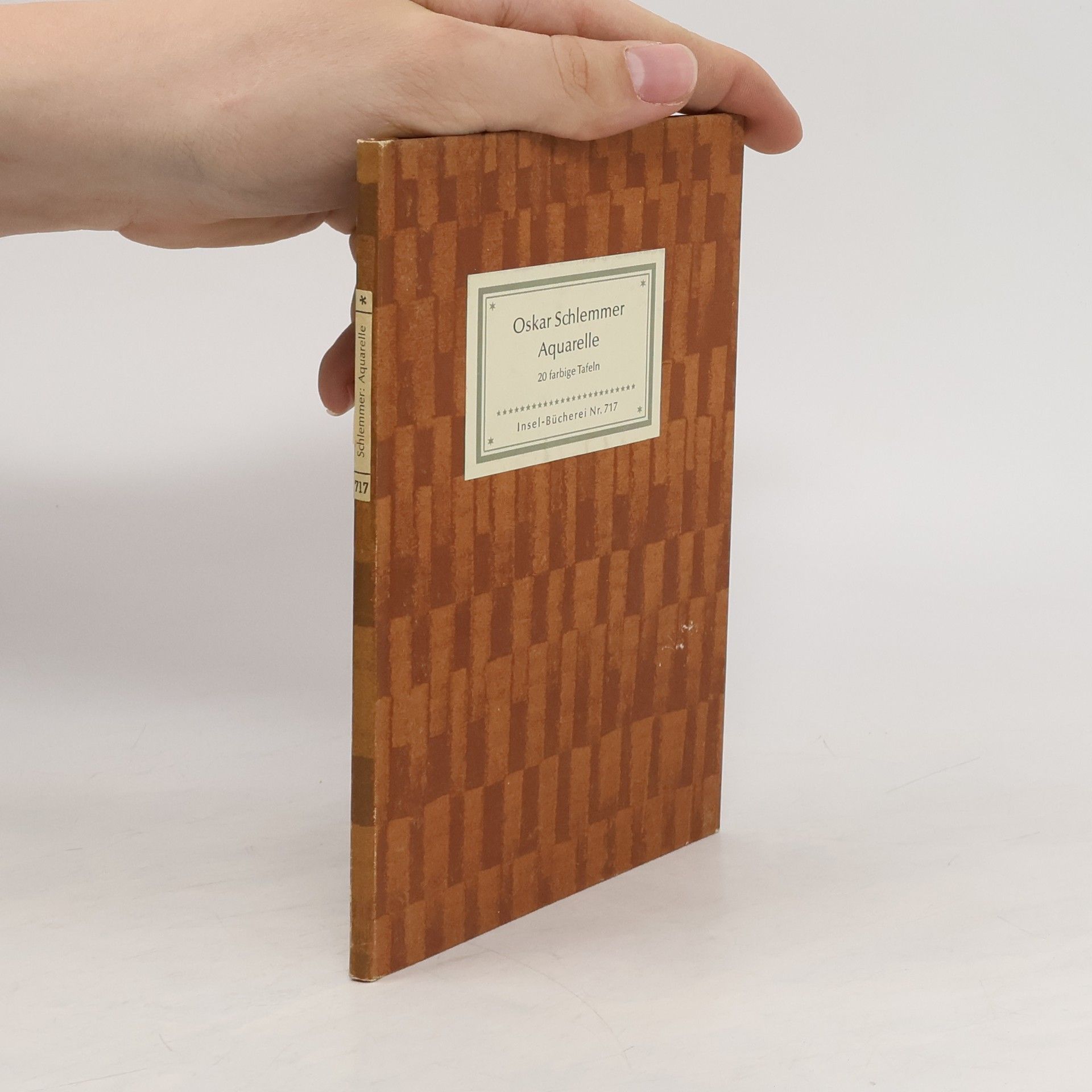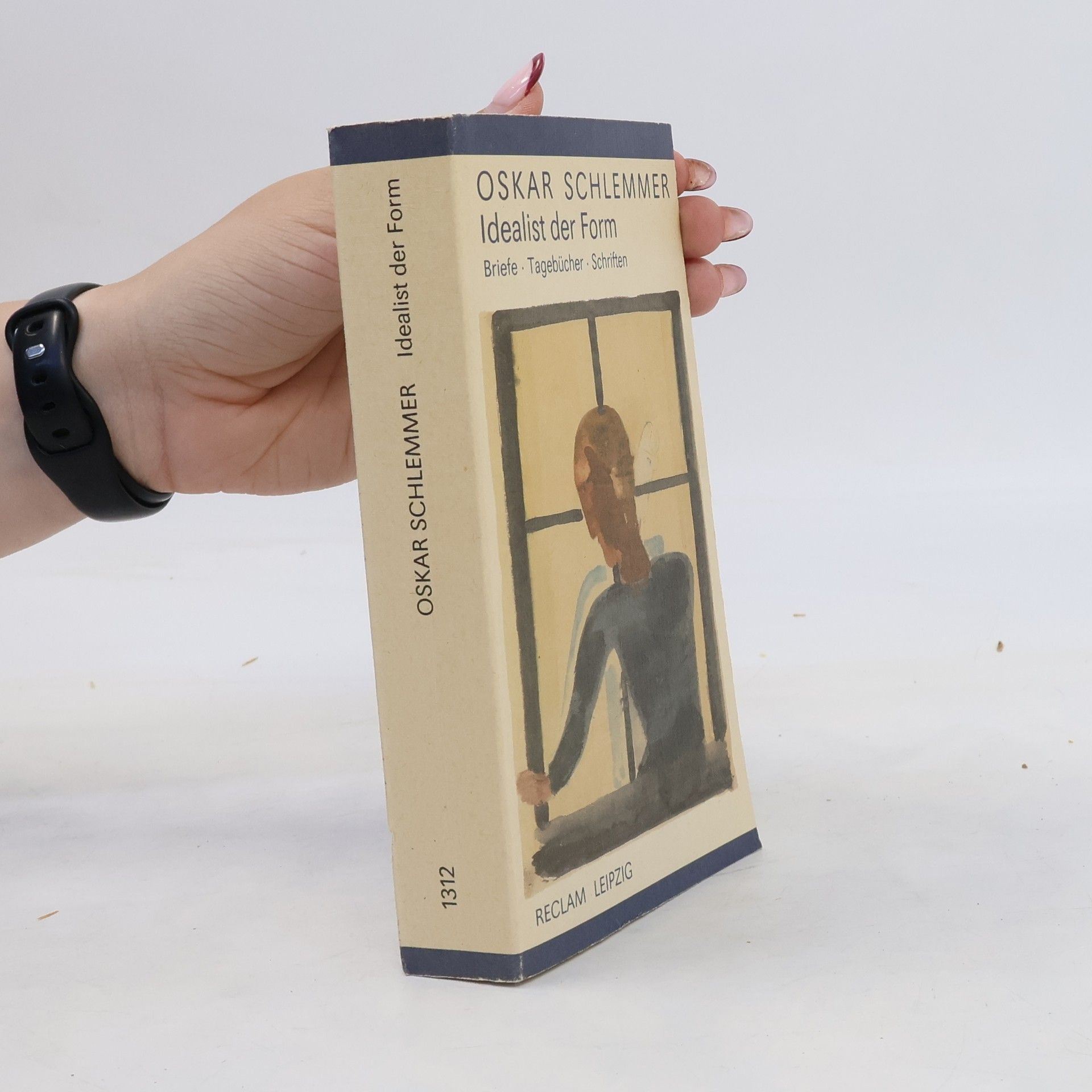The Theater of the Bauhaus
Bauhausbücher 4
Now reissued in Lars Müller’s Bauhausbücher facsimile series, The Theater of the Bauhaus is one of the great documents of modernist multimedia art The Bauhaus revolution left no discipline untouched, and the new conceptions of theater and stage design developed by Oskar Schlemmer, László Moholy-Nagy and their students were especially transformative, unprecedented and influential. Published as the fourth Bauhaus publication in 1925, The Theater of the Bauhaus was the ultimate statement on Bauhaus theater. Addressing everything from stage design to costume, spatial dynamics and choreography to the human body, and abundantly illustrated with documentation of performances and diagrams, the book presents an energetic vision of a total art.Bauhaus theater was essentially shaped by Schlemmer, who had taken over the stage department in 1923. Moholy-Nagy, who was appointed to the Bauhaus the same year, took an interest in abstract kinetic and light phenomena, which he examines in his essay "Theatre, Circus, Variété." Farkas Molnár focused on stage architecture, which he discusses in detail here.







